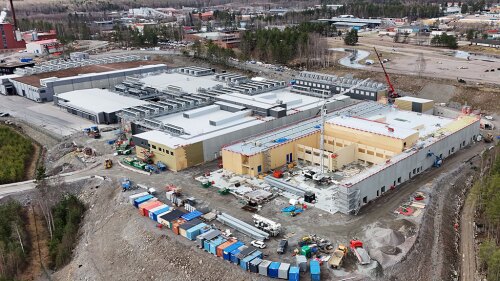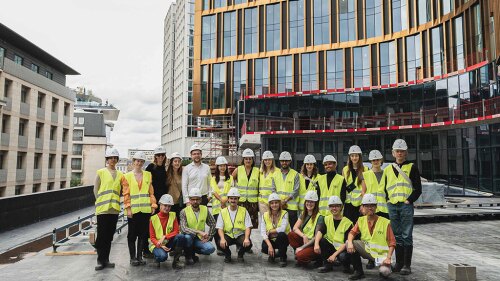This article is republished with permission from REITCafe.
Underlying real estate property fundamentals are healthy and asset valuations are high. However, interest rates are moving higher and a market misalignment has been created where many real estate investment trusts (REITs) are trading below net asset value. Tax, policy, and legislative changes also are helping set the stage for REIT activity this year. With all this in mind, we have listed some trends that we think will characterize the REIT market in 2016.
- It is uncertain how far and fast interest rates will rise, and this is sure to affect REITs long after the Fed’s first interest rate hike. The rate increase indicates that the economy is on solid footing. However, higher interest rates will make borrowing—an important ingredient for REIT growth—more expensive. With higher interest rates, investors who had been attracted to REITs for their yields could pull money out in favor of other investments.
| TREPP-i Survey Loan Spreads (50–59% LTV)* |
| This Week | Previous Week | Previous Month | End 2014 | End 2013 | |
| Industrial | 168 | 169 | 161 | 138.5 | 170 |
| Multifamily | 163 | 163 | 170 | 139.8 | 166.7 |
| Office | 171 | 169 | 164 | 148 | 175 |
| Retail | 167 | 169 | 165 | 139.8 | 175 |
| Average Spread | 167.25 | 167.50 | 165.00 | 141.5 | 171.75 |
| 10-year Treasury Yield** | 2.13 | 2.27 | 2.15 | 2.17 | 3.04 |
- REIT managers will further reposition portfolios to focus on core competencies. High property valuations make acquisitions expensive, but it is a good time to sell noncore properties. In the first week of 2016, Highwoods Properties announced the sale of Country Club Plaza in Kansas City, Missouri, for $660 million to a joint venture between Macerich and Taubman Centers. REITs will likely use proceeds from property sales to fund new development and share buybacks and to buy other REITs.
- Recent changes in the Foreign Investment in Real Property Tax Act (FIRPTA) will make foreign investment in U.S. real estate and REITs more attractive. Under Congress’s new budget, foreign investors in U.S. real estate will no longer have to pay hefty taxes imposed by FIRPTA on their profits. Foreign investors can also now own up to 10 percent (up from 5 percent) of a U.S. REIT without triggering FIRPTA.
- Equity REITs and other listed real estate companies will be reclassified into a new Global Industry Classification Standard (GICS) sector at the end of August. Institutional investors that develop products based on the classification system will likely allocate more capital to real estate. REITs may also become less volatile because they will no longer be tied to the large banks and insurance companies that dominate the financial sector.
- REITs will continue to privatize as long as it remains cheaper to buy the stock than the underlying assets. Two previously announced deals (Campus Crest Communities was purchased by Harrison Street Real Estate Capital, and BioMed Realty Trust merged with Blackstone) should close this year, and new deals will likely be announced.
- REIT conversion and spin-off activity will slow during 2016. Forest City (FCE) completed its conversion and started 2016 as a REIT. Hilton Worldwide Holdings may prove to be the last spin-off. Because it had previously filed with the Internal Revenue Service, Hilton’s spin-off was grandfathered in when December legislation removed the tax advantages of spinning off corporate real estate into REITs.
REITs should benefit from the healthy economy, strong property fundamentals, and increasing capital flows during 2016. The sector will also encounter both opportunities and challenges from higher interest rates, strong property valuations, and new legislation.
* TREPP-i Survey Loan Spreads levels are based on a survey of balance sheet lenders. For more information, visit Trepp.com.
** - 10 yr. Treasury Yield as of 1/1/2016.




